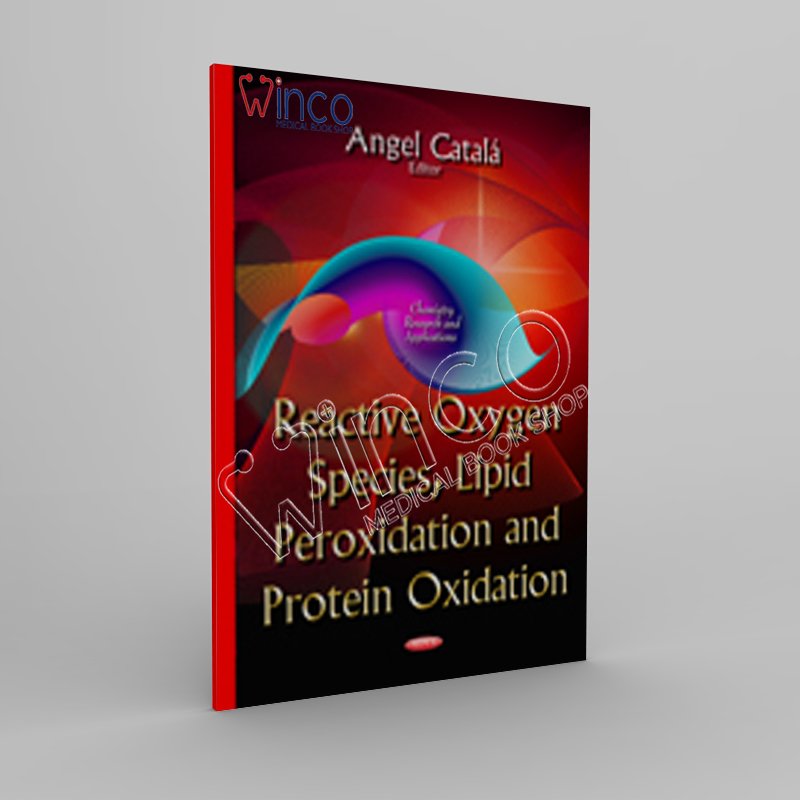Description
Reactive Oxygen Species, Lipid Peroxidation and Protein Oxidation
By Angel Catal
Many studies have shown that free radical damage and lipid peroxidation increase as a function of the degree of unsaturation of the fatty acids present in the phospholipids of biological membranes. Membrane phospholipids are particularly susceptible to oxidation, not only because of their highly polyunsaturated fatty acid content but also because of their association in the cell membrane with non-enzymatic and enzymatic systems capable of generating prooxidative-free radical species. There are two broad outcomes to lipid peroxidation: structural damage to membranes and the generation of secondary products. Membrane damage derives from the generation of fragmented fatty acyl chains, lipid-lipid cross-links, lipid-protein cross-links, and endocyclization to produce isoprostanes and neuroprostanes. These processes combine to produce changes in the biophysical properties of membranes that can have profound effects on the activity of membrane-bound proteins. The consequence of peroxidation of unsaturated fatty acids are severe: damage to membranes function, enzymatic inactivation, toxic effects on cellular division, etc. This new book presents and discusses current research on oxidative stress and lipid oxidation—non-inhibited and inhibited; assessment of oxidative balance in the lipo- and hydrophilic cellular environment in biological systems; mass spectrometry detection of protein modification by cross-reaction with lipid peroxidation products; and diagonal gel electrophoretic analysis of protein disulfides: principles and applications. Other chapters describe: heavy metals exposure and cells oxidative damage; biodegradation of metallic biomaterials: its relation with the generation of reactive oxygen species; Oxidative modifications of proteins in the aging heart; role of reactive oxygen species as signalling molecules involved in the regulation of physiological processes of the nervous system; oxidative stress in diabetes and hypertension treated with alternative therapy of medicinal plants; impairment of redox homeostasis of tissue damage in inborn errors of metabolism with intoxication: insights from human and animal studies and finally lipid peroxidation of phospholipids in the vertebrate retina or in liposomes made of retinal lipids: similarities and differences are described.
Winco Medical Book





Reviews
There are no reviews yet.